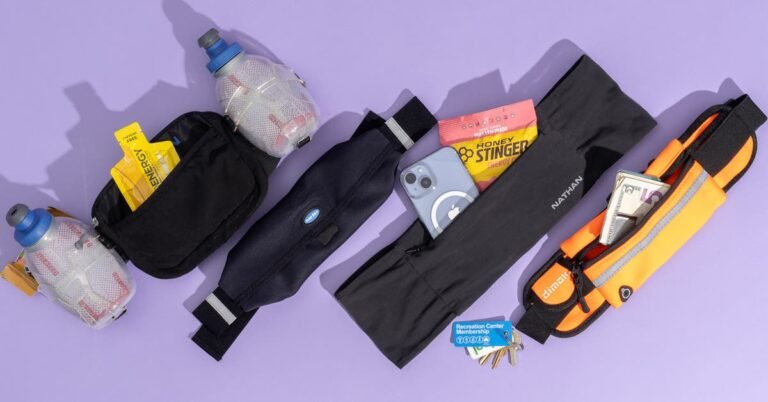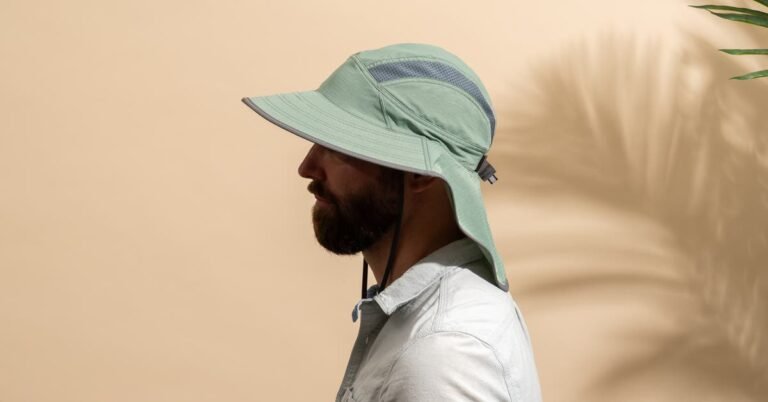
In 2021 I spoke with plant stylist Hilton Carter, author of Living Wild: How to Plant Style your Home and Cultivate Happiness, and Josh Papworth, purchasing manager and consumer relations manager at Haws. Carter collects watering cans and has also designed limited-edition cans for Target, and Haws is an iconic English company that’s been making watering cans since the 1880s; I learned a lot about design and function for that year’s testing, which focused on options for houseplants.
For our 2022-2023 testing I focused on watering cans for larger outdoor gardens, and I met in person with Justin Henderson, garden director at PowellsWood Garden in Washington, and Greta Devan, a retired interior landscaper who now volunteers at PowellsWood Garden. In her 30-year career, Devan managed teams of landscapers for commercial spaces including atriums, shopping centers, hotels, and offices, and she was directly responsible for purchasing the tools they used, including the watering cans.
I’ve also researched dozens of watering cans from home-improvement stores, garden suppliers, home-design companies, and big retailers like Amazon, Walmart, and Target. I’ve tested 32 of them, and established these criteria from my research and testing:
Availability: We prioritized watering cans that people can easily buy. Though some of our picks and other good cans are only seasonally available for brief windows in spring and early summer, ideally you can keep finding these year after year.
Balance and comfort: I looked for vessels that felt balanced when full, without tipping too far forward or backward. Testers also wanted comfortable handles that didn’t dig into their hands or become slippery when wet.
Water flow: We wanted to limit water waste and overwatering, so I looked for cans with a clean, controllable pour, and Carter told me to look for cans that could reach the foliage closest to the soil without splooshing water everywhere. He also suggested I look at cans with thinner spouts for smaller plants (less aggressive water pressure) and wider spouts for larger ones.
Size and capacity: I focused on cans that were a half gallon or less for indoor plants, and up to two gallons for outdoor plants. I also looked for cans that took up minimal storage space.
Style: We believe that watering cans can (and should) look great. Carter told us when he designs a can he wants people to be able to leave them out on display. He considers shape, texture, and color, and we did too.
Price: The watering cans I researched ranged from $8 to $210, but most of the options I brought in for testing were under $50 (with a handful of exceptions).
For our indoor watering-can testing, I measured how much water each can actually held and evaluated how it felt to fill, carry, and use. I watered many, many plants outside to gauge leaks, spills, and water flow, then I brought the best cans indoors and tried them on my houseplants. I had three other testers try them, too: my husband (40-something), my mom (70-something), and my daughter (she was 9 at the time).
For our outdoor testing, I followed the same methods with the help of the same testers, but I didn’t try the cans indoors. I stored them outside in the open air from April 2022 until April 2023 to test how durable they were through all kinds of weather conditions. In September 2022 I brought the best performers to PowellsWood for Justin Henderson and Greta Devan to evaluate, and I also brought them to the Edmonds Floretum Garden Club, where a dozen members tried them out on their community garden and gave me their feedback.
Source link
[og_img

In 2021 I spoke with plant stylist Hilton Carter, author of Living Wild: How to Plant Style your Home and Cultivate Happiness, and Josh Papworth, purchasing manager and consumer relations manager at Haws. Carter collects watering cans and has also designed limited-edition cans for Target, and Haws is an iconic English company that’s been making watering cans since the 1880s; I learned a lot about design and function for that year’s testing, which focused on options for houseplants.
For our 2022-2023 testing I focused on watering cans for larger outdoor gardens, and I met in person with Justin Henderson, garden director at PowellsWood Garden in Washington, and Greta Devan, a retired interior landscaper who now volunteers at PowellsWood Garden. In her 30-year career, Devan managed teams of landscapers for commercial spaces including atriums, shopping centers, hotels, and offices, and she was directly responsible for purchasing the tools they used, including the watering cans.
I’ve also researched dozens of watering cans from home-improvement stores, garden suppliers, home-design companies, and big retailers like Amazon, Walmart, and Target. I’ve tested 32 of them, and established these criteria from my research and testing:
Availability: We prioritized watering cans that people can easily buy. Though some of our picks and other good cans are only seasonally available for brief windows in spring and early summer, ideally you can keep finding these year after year.
Balance and comfort: I looked for vessels that felt balanced when full, without tipping too far forward or backward. Testers also wanted comfortable handles that didn’t dig into their hands or become slippery when wet.
Water flow: We wanted to limit water waste and overwatering, so I looked for cans with a clean, controllable pour, and Carter told me to look for cans that could reach the foliage closest to the soil without splooshing water everywhere. He also suggested I look at cans with thinner spouts for smaller plants (less aggressive water pressure) and wider spouts for larger ones.
Size and capacity: I focused on cans that were a half gallon or less for indoor plants, and up to two gallons for outdoor plants. I also looked for cans that took up minimal storage space.
Style: We believe that watering cans can (and should) look great. Carter told us when he designs a can he wants people to be able to leave them out on display. He considers shape, texture, and color, and we did too.
Price: The watering cans I researched ranged from $8 to $210, but most of the options I brought in for testing were under $50 (with a handful of exceptions).
For our indoor watering-can testing, I measured how much water each can actually held and evaluated how it felt to fill, carry, and use. I watered many, many plants outside to gauge leaks, spills, and water flow, then I brought the best cans indoors and tried them on my houseplants. I had three other testers try them, too: my husband (40-something), my mom (70-something), and my daughter (she was 9 at the time).
For our outdoor testing, I followed the same methods with the help of the same testers, but I didn’t try the cans indoors. I stored them outside in the open air from April 2022 until April 2023 to test how durable they were through all kinds of weather conditions. In September 2022 I brought the best performers to PowellsWood for Justin Henderson and Greta Devan to evaluate, and I also brought them to the Edmonds Floretum Garden Club, where a dozen members tried them out on their community garden and gave me their feedback.
Our 4 Favorite Watering Cans of 2025
[title_words_as_hashtags





